New Milestone for Maritime Dataspace: New Standard for Sensor Data Exchange revealed
Last week the Marispace-X coordinator north.io took part in the Gaia-X Workshop VIII. This event was dedicated to standardisation in the data...
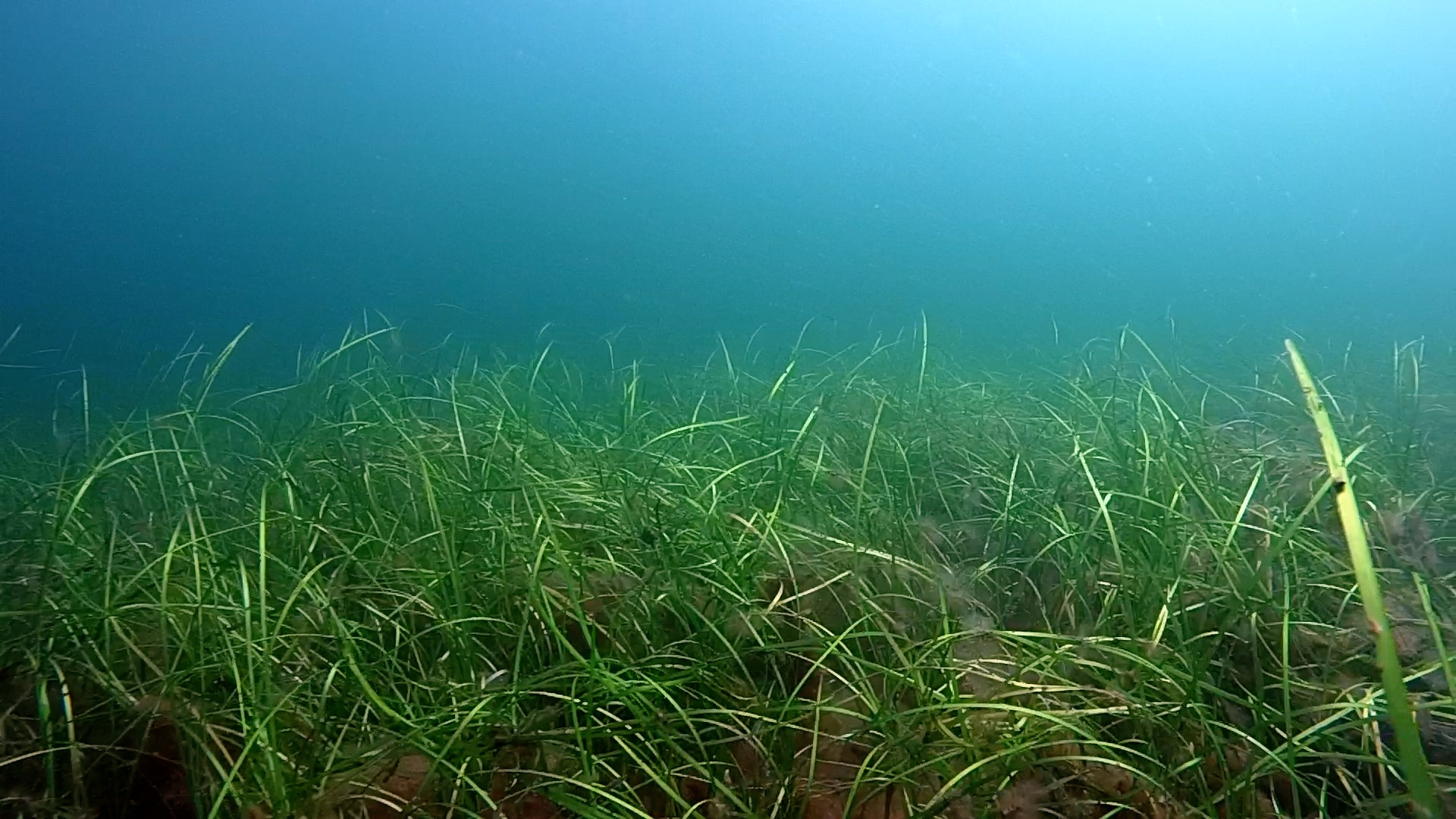
Slowing climate change, exploring digital opportunities for wind power and clearing old munitions from the ocean – Marispace-X, a Big Data project based on Gaia-X, was launched at the turn of the year. Why new technologies and trust are needed to bring untapped potential from the sea to the surface.
It is green, has roots, grows underwater and is considered a remedy for climate change: seagrass is a natural CO2 reservoir. The plant binds the gas dissolved in the water and stores it in the ocean floor. About 600,000 square kilometers of the ocean floor are covered by the Zostera family. In the process, the area, which is the size of France, absorbs about 83 million tons of carbon annually – as much as all the cars in Italy and France emit in the same period.
“Seaweed also grows off our coasts,”says Jann Wendt, CEO of north.io. “However, little research has been done on the environmental conditions that meadows need to absorb as much carbon dioxide as possible. ”The problem is that there is not much data available.
Wendt is coordinating a project that aims to change just that, among other things. Marispace-X, a consortium of science and industry, was launched at the beginning of 2021 to advance the digitalization of the ocean. The Smart Maritime Sensor Data Space X, or Marispace-X, is intended to become an intelligent Big Data Hub for the world’s oceans and is embedded in Gaia-X.
Only recently, the German Federal Ministry of Economic Affairs selected 16 German flagship projects from more than 130 applications that could make a significant contribution to the European Digital Infrastructure Initiative. Wendt’s project is one of them: “We want to harness maritime geospatial data, link it to other sources, and process some of it underwater.”
To better study seagrasses, Marispace-X blends information from space with data from the ocean. “That’s how we determine where the plant is growing and how much carbon dioxide it has stored,” Wendt says. The comprehensive analyses show what soil properties or microflows the meadows need. The goal: to be able to selectively cultivate seagrass to compensate for climate effects. The coalition agreement of the new German federal government already provides for such a cultivation program. But the plant can do much more than that: seagrass removes plastic waste from the sea. Microparticles become entangled in plant debris and form fibrous, floating spheres that waves wash ashore. The maritime data space is not different. “We don’t even know a lot of its potential yet,” Wendt says. Why so? “Marine data is a real treasure! Salvaging it is very costly.”
Those who work with data from the ocean need to plan with different technologies than those on land. Wendt: “High bandwidths, as with mobile communications, are unthinkable. The baud rate underwater is very low.” Challenges like these mean that edge computing and fog computing are predestined. This means: wherever possible, robots, loggers, or probes process sensor values on the spot. They then exchange aggregated results or smaller packages. “Either the data comes a shore via cable, or the installations are so far out that the only way to do it is by radio – if at all.” Wendt says. For example, buoys collect data from sensor fields and transmit it via mobile networks or satellites. “When that’s not possible, the data is recorded directly by ships.”
The consequence: enormous costs. These can add up to around 50,000 to 100,000 Euro per ship deployment and day. Conditions like these show: “Maritime data is so precious that no one likes to share it with third parties,” Wendt says.
Marispace-X is designed to change that. And it does so in two ways. First, the project is researching new technologies to make data flow more easily and cost-effectively underwater. For example, the Fraunhofer Institute for Computer Graphics Research (IGD) is contributing another use case to the consortium in the form of the Rostock Digital Ocean Lab: The underwater test field will develop and realistically test new systems and solutions for the Internet of Underwater Things. And secondly, Gaia-X is intended to dissolve existing barriers among stakeholders so that economic added value can be created from costly data collections.
“Gaia-X and Marispace-X are an ideal match,” says Wendt. “The distributed data ecosystem provides exactly the sovereign, secure, and trustworthy framework to share maritime information.” Based on European values and standards, interests can be balanced, and cross-cutting data opportunities can be exploited. Wendt: “Gaia-X provides us with open standards to break down silos and a set of federated services to make our jobs easier.” An example for ‘Trust and Identity’: If sensors at the bottom of the ocean are only sporadically connected, they must still be able to be confidently identified at any time. Gaia-X will provide the necessary building blocks to do so.
Building blocks like these should enable digital value creation even a few meters above sea level: “Manufacturer interests have so far prevented a holistic view of offshore windfarms,” Wendt says. “In some cases, information flows only sporadically. ”Marispace-X, for example, aims to combine operational, weather, and marine data. And not only to better monitor the condition of the power plants but also to realize innovative services beyond predictive maintenance. Wendt: “The potential applications are not even foreseeable yet.” For this to succeed, real wind farms must be recreated in the computer: Digital twins are software models that can be used, for example, to manage plants, machines, and service processes. Applying artificially intelligent (AI) algorithms to real-time simulations allow trends to be predicted. Wendt: “Information must flow confidently and securely to identify smart AI opportunities for offshore wind.”
Speaking of safety: Another use case of Marispace-X revolves around munitions in the sea. “Legacy waste that was simply dumped after World War II,” Wendt says: “There are 1.6 million tons in the German North Sea and Baltic Sea alone, which is equivalent to a fully loaded freight train 2,500 kilometers long.” Where the danger lies dormant in the depths is only partially known today. So north.io is working on the AmuCad.org cadaster to document the problem of offshore submerged ammunitions and unexploded ordnance (UXOs) worldwide. Gaia-X is also the central solution module when authorities, archives, armed forces, and universities have to share their data for the purposes of explosive ordnance disposal. Because regardless of whether it’s the General Data Protection Regulation or compliance, the company’s own protection interests, or classified information: “The decentralized and interoperable architecture meets the different requirements of the stakeholders,” says Wendt. Data can be analyzed holistically to clearbombs, shells, and explosives, as well as to determine contaminant levels: “For example, there should be no fishing in areas where there is ammunition.” Which makes it even more challenging is that north.io has to work in part with paper files. In the German federal military archives alone, these add up to a length of 50 kilometers. “The documents are scanned, and we analyze them with AI and evaluate the results,” Wendt says. This is a process that can easily be transferred to other archives via Federated Learning. Gaia-X also offers the technological framework for this.
Numerous organizations have already associated themselves with Marispace-X – including many from abroad. Wendt: “Whether it’s Norway, Brazil, or Australia, the ocean is currently still just a niche as a data space. But the questions we will be working on are of great relevance to society as a whole.” The maritime dataspace is intended to provide an impetus for Europe and the entire world. Shipping companies have already recognized the signs of the times. They are equipping their ships with more and more sensors. Thus, they supplement the data of their clientele with additional parameters on request, which enables further analyses. “We originally planned our Big Data hub as a corporate project only,” Wendt says: “Our infrastructure provider, IONOS, brought Gaia-X and the ongoing funding calls to our attention.” In the end, one thing led to another. There are no existing platforms to date that can process marine data en masse. “And finally, there is no other infrastructure to balance the multi-layered needs of our heterogeneous target groups so confidently,” says Wendt: “Only Gaia-X can do that.” As can seaweed: A square kilometer of meadow underwater stores almost twice as much carbon from climate-damaging carbon dioxide as forests do on land.
Marispace-X was launched in January 2022 with a project duration of three years. The total budget of the consortium, which includes Kiel University and north.io as well as TrueOcean, IONOS, Stackable, GEOMAR Helmholtz Centre for Ocean Research, Fraunhofer IGD, MacArtney Germany and the University of Rostock, is around 15 million Euro.
The article first appeared in dotmagazine and is reproduced here with the permission of the author.
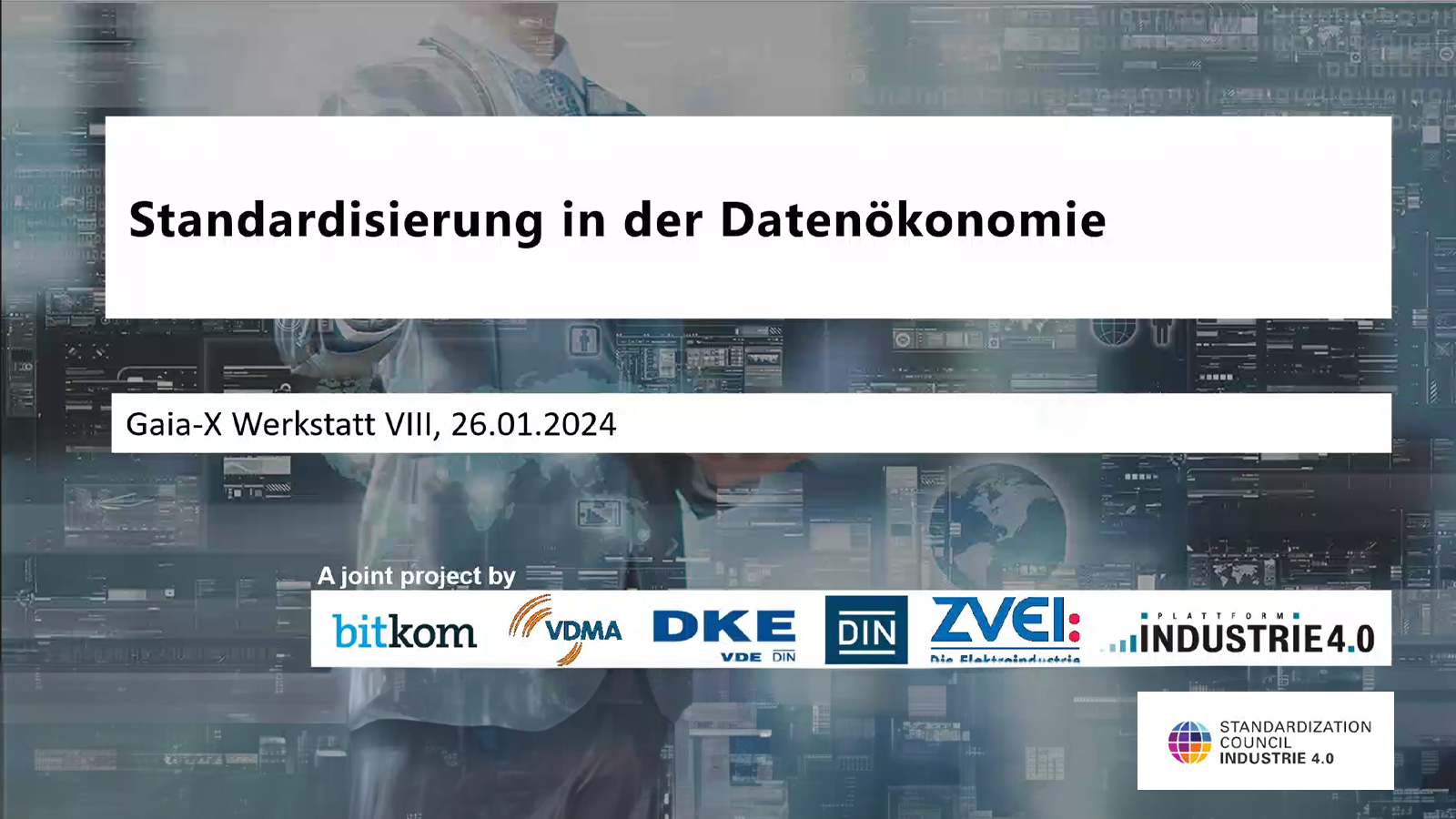
Last week the Marispace-X coordinator north.io took part in the Gaia-X Workshop VIII. This event was dedicated to standardisation in the data...
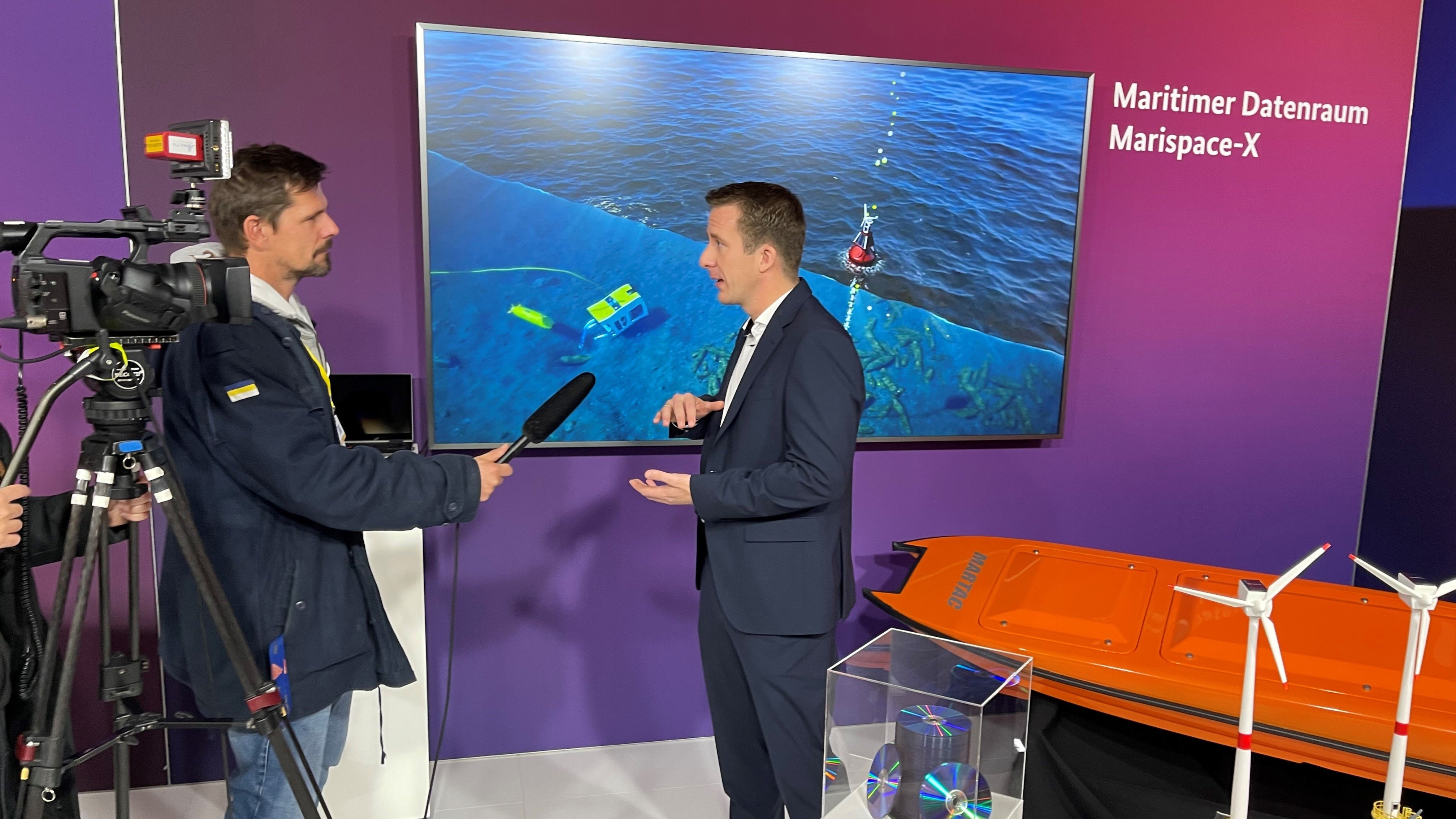
Kiel/Jena, Germany. At the German government's two-day digital summit on 20 and 21 November 2023 in Jena, Jann Wendt, CEO of north.io, will present...
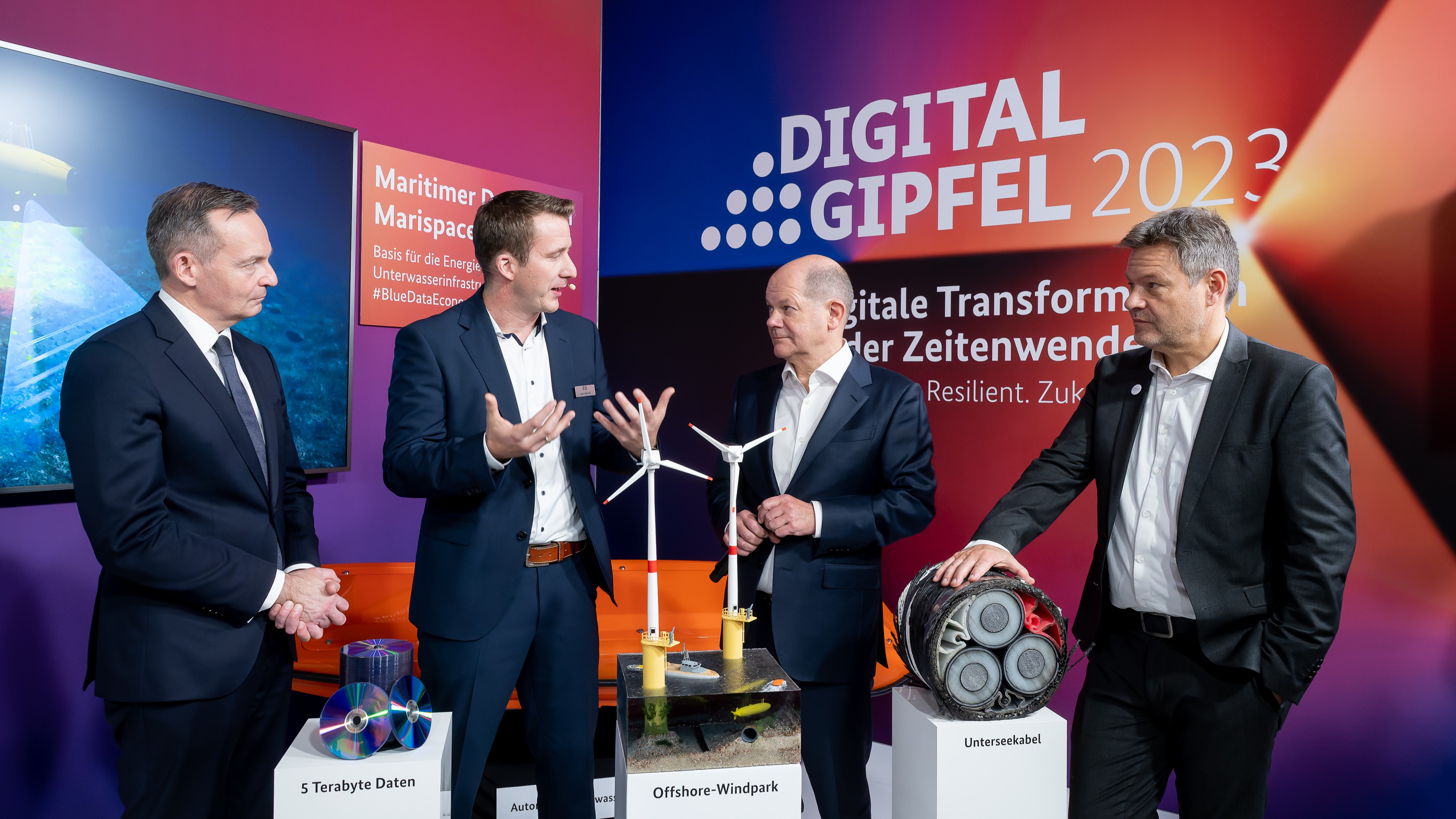
Kiel/Jena, Germany. The German government's two-day Digital Summit, which took place in Jena on 20 and 21 November 2023, marked a milestone for...
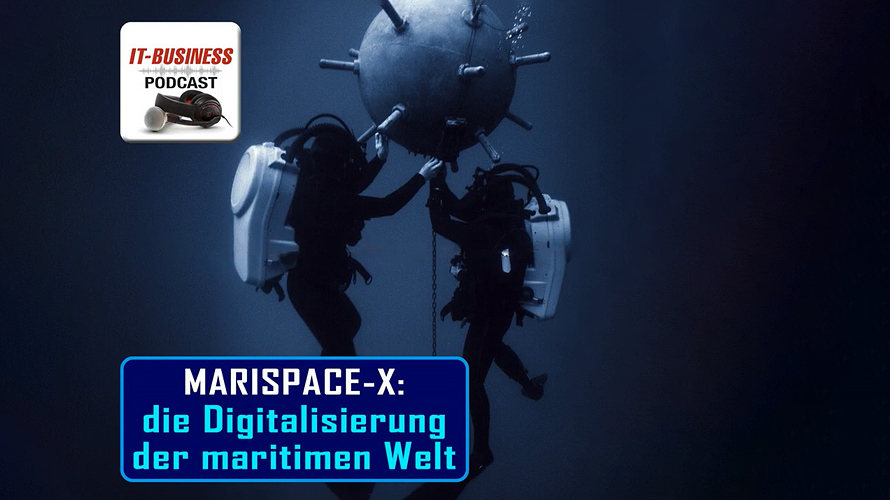
For their latest episode of the IT BUSINESS Podcast, Sarah Böttcher and Ann-Marie Struck take a look at the goals and the use cases of the...